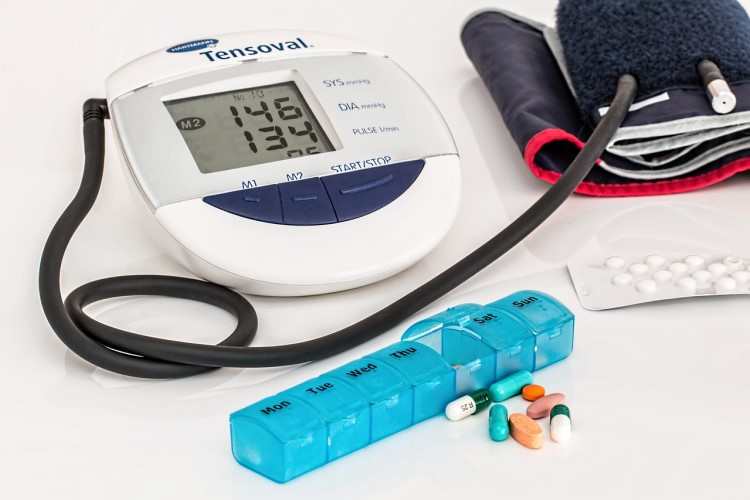- CONTACT US
- AFS
- Business
- Bussiness
- Car
- Career
- Celebrity
- Digital Products
- Education
- Entertainment
- Fashion
- Film
- Food
- Fun
- Games
- General Health
- Health
- Health Awareness
- Healthy
- Healthy Lifestyle
- History Facts
- Household Appliances
- Internet
- Investment
- Law
- Lifestyle
- Loans&Mortgages
- Luxury Life Style
- movie
- Music
- Nature
- News
- Pet
- Plant
- Politics
- Recommends
- Science
- Self-care
- services
- Smart Phone
- Sports
- Style
- Technology
- tire
- Travel
- US
- World
- エンタメ
- スポーツ
- 科学
- 経済

Speed
Walking speed is only a determinant of mortality in older age or with frailty. Research indicates that walking speed, after heart failure or Alzheimer's disease and stroke (or major surgery), can predict progression of the disease as well mortality.
But unless such pacing is habitually dictated rather than physically, most research suggests rate itself for long—term health; Total step count is holy grail.
Practical Suggestion
If you're strapped for time, if most adults hate going to the gym or older adults are using walking as an exercise: Don't plod around at a snail's pace. Specifically, even 10,000 steps taken slowly isn't much use. Try to walk at 100 steps/minute—a moderate aerobic intensity.
Older Adults
To find your optimal pace, calculate moderate intensity target heart rate (usually 50-70% of max) for physical activity.
Posture
With a lifetime of 700 million steps, even small gait errors compound into knee, hip and ankle or plantar pain over the following decades.
Self-Check List
1. Spine Alignment: Stand straight and tall; head level, eyes looking directly forwards—with chin neither up nor down.
2. Shoulder Alignment: Release tension in your shoulders and avoid shrugging. Let your arms swing freely.
3. Step Length: Take steps of 60–80 cm. Balances speed, stability and reduced joint impact.
4. Footstrike: Your heel should hit the ground first, then smoothly roll to your toes—absorbing impact and reducing joint pressure.
5. Core Muscle Activation: Lightly engage core muscle groups (chest, abdomen and lower back) to hold posture—without stiffening.
Top Tip
On longer walks, stretch briefly every now and then to ease the muscles & get some circulation — essentially it’s a "maintenance mode" for your biomechanical system.
 The Science of Walking: Five Key Health Benefits of Walking Correctly
The Science of Walking: Five Key Health Benefits of Walking Correctly How to supplement probiotics to improve gut microbiota?
How to supplement probiotics to improve gut microbiota? The difference between family health management and disease management
The difference between family health management and disease management How to Protect Your Family from Infectious Outbreaks in Fall and Winter?
How to Protect Your Family from Infectious Outbreaks in Fall and Winter? How Much Vitamin E is Necessary and Ways to Supplement It?
How Much Vitamin E is Necessary and Ways to Supplement It? Health Check: Weekly Average Step Count and Distribution
Health Check: Weekly Average Step Count and Distribution Antiviral Medications: Components and Efficacy in Treating Colds and Flu
Antiviral Medications: Components and Efficacy in Treating Colds and Flu Sleep: What Are the Minimum and Maximum Requirements?
Sleep: What Are the Minimum and Maximum Requirements? Footwear and Health: Picking the Proper Shoes
Footwear and Health: Picking the Proper Shoes












